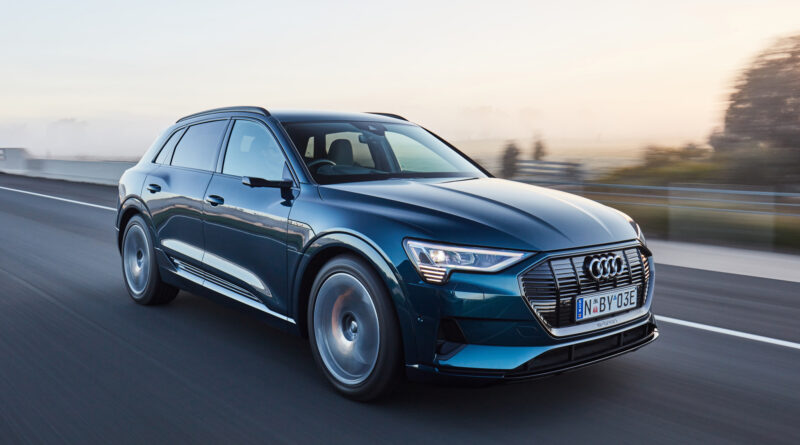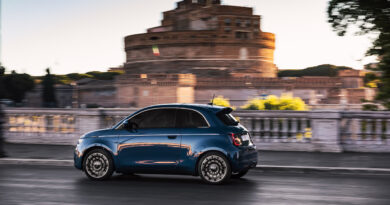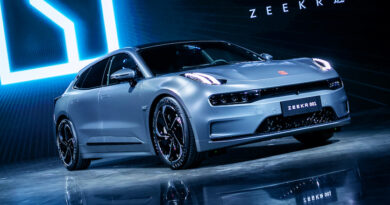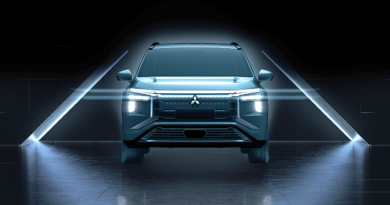Every second car sold in Norway is an EV
Norway has become the first country where electric car sales have outstripped those of petrol, diesel and hybrid models.
According to figures released by the Norwegian Road Traffic Information Office (OFV), battery electric vehicles accounted for 54.3% of Norway’s new car sales in 2020.
In Australia, we’re officially at 0.2% EV market share.
Using the Federal Chamber of Automotive Industries (FCAI) numbers there were 1769 Australian EV sales in 2020. These however don’t include Tesla sales as the US company doesn’t report them to the FCAI. If we estimate a few thousand Teslas sold here in 2020, Australian EV market share is still a disappointing 0.5%.
So let’s celebrate Norway’s achievement instead. Of the 141,412 cars sold there last year, 76,789 were full EVs. A further 28,905 were plug-in hybrids and another 12,231 were hybrids, bringing the electrification market share to 83.4%. Buying a petrol or diesel in Norway’s akin to shopping for a horse and cart.
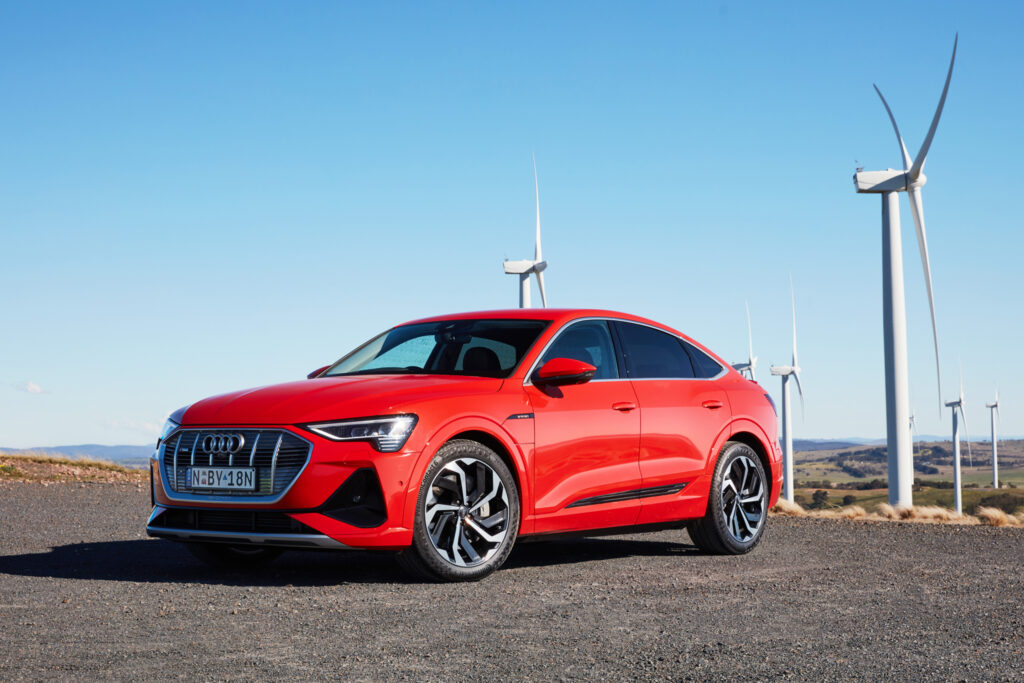
The nation’s best-seller was the Audi e-tron – Australia’s is a diesel ute remember – with 9227 registrations. Second was the Tesla Model 3 (7770), Volkswagen ID.3 (7754), Nissan Leaf (5221) and Volkswagen Golf (5068 sold – overwhelmingly electrified versions).
Giving Australians hope that electric car revolutions can move swiftly with the right government incentives, just a decade ago Norway’s EV market share was less than 2% – fewer than 2000 electric cars sold there in 2011. Only five years ago, EV market share was at 17%, and in 2019 was 42.4%.
EVs in the rest of Europe
The UK’s EV market also had a stellar 2020. Some 108,205 EVs were sold for a 6.6% market share – up from a lowly 1.6% in 2019. Plug-in hybrid sales totalled 66,877 for a 4.1% market share, up from 1.5%. The UK government’s plan to outlaw most petrol and diesel cars by 2030 clearly helping things along.
A handful of other countries have also released their 2020 new car sales figures. Looking at full-electric (BEV) and plug-in electric (PHEV) market share (combined), Sweden managed 32.2%, Holland 25%, Finland 18.1%, Germany 13.5%, Portugal 11.6% and France 11.2%.

How does Norway do it?
Thanks to hydroelectric power, renewable energy makes up 98 percent of all electricity produced in Norway. It’s roughly 21 percent in Australia.
This makes claims and reasoning for zero-emissions motoring very plausible and something the government has long incentivised. The country’s target is to sell only zero-emissions cars by 2025, and Norwegian industry experts suggest it’s well on course to do so.
Norway’s government has massively incentivised EV ownership. Conventional petrol or diesel cars are stung with a 100% tax on purchase price – EVs are exempt from VAT and purchase tax, or it’s heavily reduced.

For example, according to Audi’s Norwegian website, an e-Tron 50 quattro costs from 599,900 NOK ($91,000). An Audi Q7 50 TDI starts from 1,100,000 NOK ($167,000) – yes, not far off twice the price. You have to really want that diesel Q7.
EVs in Norway also get discounted or free parking, road tolls, ferry rides and permission to use bus lanes. And being a progressive place, the country has more than 10,000 public charging stations. Australia’s count is around the 1000 mark.

